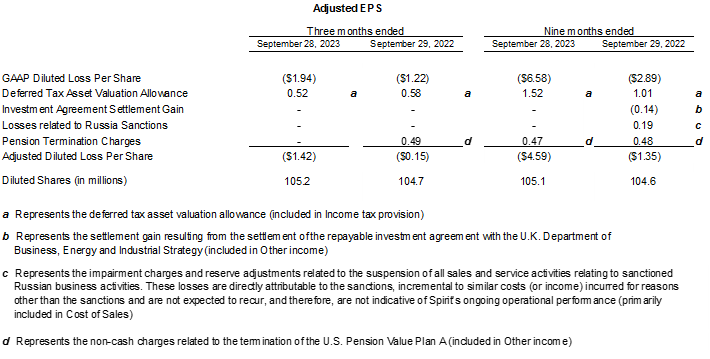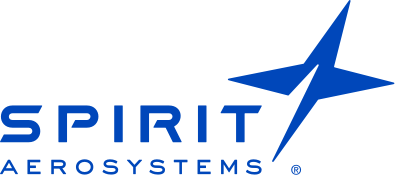

Spirit AeroSystems Reports Third Quarter 2023 Results
Third Quarter 2023
Spirit AeroSystems Reports Third Quarter 2023 Results
Third Quarter 2023
- Revenues of $1.4 billion
- EPS of $(1.94); Adjusted EPS* of $(1.42)
- Cash used in operations of $111 million; Free cash flow* usage of $136 million
Recent Events
- Appointed Pat Shanahan as interim President and CEO
- Executed a memorandum of agreement with Boeing; impacts to be reflected in fourth quarter financial results
Wichita, Kan., November 1, 2023 - Spirit AeroSystems Holdings, Inc. (NYSE: SPR) (“Spirit,” “Spirit AeroSystems” or the “Company”) reported third quarter 2023 financial results.

“Our priority is to strengthen Spirit financially. The signing of the memorandum of agreement with Boeing was an important step forward. In parallel, the Spirit team is focused on meeting our customer commitments, improving operational performance and commercial conversations with Airbus,” said Pat Shanahan, President and Chief Executive Officer, Spirit AeroSystems.
Revenue
Spirit’s revenue in the third quarter of 2023 was $1.4 billion, up 13 percent from the same period of 2022. This increase was primarily due to higher production deliveries on most Commercial programs as well as higher Defense and Space and Aftermarket revenue.
Overall deliveries increased to 332 shipsets during the third quarter of 2023 compared to 316 shipsets in the same period of 2022. This includes Boeing 737 deliveries of 83 shipsets compared to 69 shipsets in the same period of the prior year. Spirit’s backlog at the end of the third quarter of 2023 was approximately $42.2 billion, which includes work packages on all commercial platforms in the Airbus and Boeing backlog.
Earnings
Operating loss for the third quarter of 2023 was $133.7 million, compared to operating income of $4.5 million in the same period of 2022. The change was primarily driven by higher changes in estimates and excess capacity costs recognized during the third quarter of 2023.
Changes in estimates in the third quarter of 2023 included net forward loss charges of $101.1 million and unfavorable cumulative catch-up adjustments for periods prior to the third quarter of $64.0 million. Forward losses were primarily comprised of $47.3 million on the Boeing 787 program and $22.7 million on the Airbus A350 program, and were driven by higher estimates of supply chain, labor and other costs. Unfavorable cumulative catch-up adjustments were primarily comprised of $49.3 million on the Boeing 737 program and $10.6 million on the Airbus A320 program, reflecting increased factory performance costs and, to a lesser extent, rework costs related to the quality issue on the Boeing 737 aft pressure. Excess capacity costs during the third quarter of 2023 were $56.4 million. In comparison, during the third quarter of 2022, Spirit recognized $49.1 million of net forward loss charges, $4.9 million of unfavorable cumulative catch-up adjustments and excess capacity costs of $31.4 million.
Other income for the third quarter of 2023 was $7.3 million, compared to other expense of $42.1 million in the same period of 2022. The variance was primarily due to non-cash pre-tax charges of $72.6 million recorded in the third quarter of 2022 resulting from the termination of the Pension Value Plan A, as well as lower pension income during the third quarter of 2023.
Third quarter 2023 EPS was $(1.94), compared to $(1.22) in the same period of 2022. Third quarter 2023 adjusted EPS* was $(1.42), which excludes the incremental deferred tax asset valuation allowance. In the same period of 2022, adjusted EPS* was $(0.15), which excluded the incremental deferred tax asset valuation allowance and pension termination charges. (Table 1)
Cash
Cash used in operations in the third quarter of 2023 was $111 million, compared to cash used in operations of $36 million in the same quarter of 2022. Cash used in operations during the third quarter of 2023 reflects higher negative impacts to working capital, partially offset by the previously disclosed $50 million customer cash advance received during the period.
Free cash flow* in the third quarter of 2023 was a usage of $136 million, as compared to a usage of $73 million in the same period of 2022.
The cash balance at the end of the third quarter of 2023 was $374 million. (Table 2)

Financial Outlook
Full-year 2023 cash used in operations is expected to be between $150 and $200 million; full-year 2023 free cash flow* is expected to be a usage between $275 and $325 million. This outlook reflects lower projected Boeing 737 deliveries of 345 to 360 units for the year. Additionally, the impacts of the memorandum of agreement detailed in the ‘Subsequent Event’ section below are incorporated into this outlook.
Please refer to our Cautionary Statement Regarding Forward-Looking Statements below and the section captioned “Risk Factors” in the Company’s Annual Report on Form 10-K and the Company’s Quarterly Reports on Form 10-Q.
Subsequent Event
On October 12, 2023, Spirit AeroSystems, Inc. and Boeing executed a Memorandum of Agreement (the “MOA”). As a result of the MOA, the Company expects to reverse liabilities, including previously recorded forward losses and material right obligation on the Boeing 787 program of approximately $350 to $370 million in the fourth quarter of 2023. The MOA amended the repayment dates for the $180 million of advances received as customer financing in the second quarter ended June 29, 2023. The amended repayment dates require repayment of $90 million in December 2025 and equal payments of $45 million in December 2026 and 2027. Additionally, related to the release of claims, Spirit will reverse liabilities for certain claims received and other anticipated claims on the balance sheet in the fourth quarter of 2023, including the $23 million of anticipated claims related to the Boeing 737 Vertical Fin Attach Fittings issue previously disclosed. Further, per the terms of the MOA, Boeing will provide funding for tooling and capital through 2025 for certain planned and potential Boeing 737 and 787 program rate increases, a portion of which, in the amount of approximately $100 million, was received during the fourth quarter of 2023.
Segment Results
Commercial
Commercial segment revenue in the third quarter of 2023 increased 10 percent from the same period of the prior year to $1.1 billion, primarily due to higher production across most programs. Operating margin for the third quarter of 2023 decreased to negative 7 percent compared to 4 percent the same period of 2022, primarily due to higher changes in estimates and excess capacity costs recorded in the current period. In the third quarter of 2023, changes in estimates for the segment included $86.5 million of net forward losses and $59.1 million of unfavorable cumulative catch-up adjustments. Additionally, during the third quarter of 2023, the Commercial segment included excess capacity costs of $54.3 million. In comparison, during the third quarter of 2022, the segment recognized $47.4 million of net forward losses, $6.9 million of unfavorable cumulative catch-up adjustments and excess capacity costs of $29.9 million.
Defense & Space
Defense & Space segment revenue in the third quarter of 2023 increased 27 percent from the same period of the prior year to $205.7 million, primarily due to increased activity on development programs and higher production on the KC-46 Tanker program in the current period. Operating margin for the third quarter of 2023 decreased to 5 percent, compared to 11 percent during the same period of 2022, primarily due to higher changes in estimates recorded in the current period. The segment recorded net forward losses of $14.6 million, unfavorable cumulative catch-up adjustments of $4.9 million, and excess capacity costs of $2.1 million in the third quarter of 2023. The forward losses were primarily driven by higher production cost estimates on the Sikorsky CH-53K program and the unfavorable cumulative catch-up adjustment was primarily driven by the Boeing P-8 program. In comparison, during the third quarter of 2022, the segment recognized net forward losses of $1.7 million, favorable cumulative catch-up adjustments of $2.0 million and excess capacity costs of $1.5 million.
Aftermarket
Aftermarket segment revenue in the third quarter of 2023 increased by 21 percent compared to the same period of 2022 to $96.8 million, primarily due to higher spare part sales. Operating margin for the third quarter of 2023 decreased to 19 percent, compared to 24 percent during the same period of 2022.
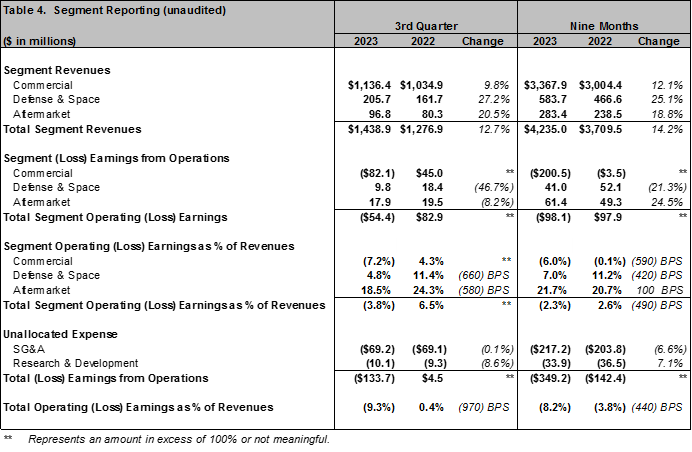
Contact information:
Investor Relations: Ryan Avey (316) 523-7040
Media: Chuck Cadena (316) 526-3910
On the web: http://www.spiritaero.com
Cautionary Statement Regarding Forward-Looking Statements
This press release contains “forward-looking statements” that involve many risks and uncertainties. Forward-looking statements generally can be identified by the use of forward-looking terminology such as “aim,” “anticipate,” “believe,” “could,” “continue,” “estimate,” “expect,” “forecast,”
“goal,” “intend,” “may,” “might,” “objective,” “plan,” “predict,” “project,” “should,” “target,” “will,” “would,” and other similar words, or phrases, or the negative thereof, unless the context requires otherwise. These statements reflect management’s current views with respect to future events and are subject to risks and uncertainties, both known and unknown, including, but not limited to, those described in the “Risk Factors” section of the 2022 Form 10-K. Our actual results may vary materially from those anticipated in forward-looking statements. We caution investors not to place undue reliance on any forward-looking statements.
Important factors that could cause actual results to differ materially from those reflected in such forward-looking statements and that should be considered in evaluating our outlook include, but are not limited to, the following:
- the continued fragility of the global aerospace supply chain including our dependence on our suppliers, as well as the cost and availability of raw materials and purchased components, including increases in energy, freight, and other raw material costs as a result of inflation or continued global inflationary pressures;
- our ability and our suppliers’ ability to meet stringent delivery (including quality and timeliness) standards and accommodate changes in the build rates or model mix of aircraft, including the ability to staff appropriately for current production volumes and anticipated production volume increases;
- the ability to maintain continuing, uninterrupted production at our manufacturing facilities and our suppliers’ facilities;
- our ability, and our suppliers' ability, to attract and retain the skilled work force necessary for production and development in an extremely competitive market;
- the effect of economic conditions, including increases in interest rates and inflation, on the demand for our and our customers’ products and services, on the industries and markets in which we operate in the U.S. and globally, and on the global aerospace supply chain;
- the general effect of geopolitical conditions, including Russia’s invasion of Ukraine and the resultant sanctions being imposed in response to the conflict, including any trade and transport restrictions;
- the recent outbreak of war in Israel and the Gaza Strip and the potential for expansion of the conflict in the surrounding region, which may impact certain suppliers’ ability to continue production or make timely deliveries of supplies required to produce our products, and may result in sanctions being imposed in response to the conflict, including any trade and transport restrictions;
- our relationships with the unions representing many of our employees, including our ability to successfully negotiate new agreements, and avoid labor disputes and work stoppages with respect to our union employees;
- the impact of significant health events, such as pandemics, contagions or other public health emergencies (including the COVID-19 pandemic) or fear of such events, on the demand for our and our customers’ products and services, the industries and markets in which we operate in the U.S. and globally;
- the timing and conditions surrounding the full worldwide return to service (including receiving the remaining regulatory approvals) of the B737 MAX, future demand for the aircraft, and any residual impacts of the B737 MAX grounding on production rates for the aircraft;
- our reliance on The Boeing Company (“Boeing”) and Airbus Group SE and its affiliates (collectively, “Airbus”) for a significant portion of our revenues;
- the business condition and liquidity of our customers and their ability to satisfy their contractual obligations to the Company;
- the certainty of our backlog, including the ability of customers to cancel or delay orders prior to shipment on short notice, and the potential impact of regulatory approvals of existing and derivative models;
- our ability to accurately estimate and manage performance, cost, margins, and revenue under our contracts, and the potential for additional forward losses on new and maturing programs;
- our accounting estimates for revenue and costs for our contracts and potential changes to those estimates;
- our ability to continue to grow and diversify our business, execute our growth strategy, and secure replacement programs, including our ability to enter into profitable supply arrangements with additional customers;
- the outcome of product warranty or defective product claims and the impact settlement of such claims may have on our accounting assumptions;
- competitive conditions in the markets in which we operate, including in-sourcing by commercial aerospace original equipment manufacturers;
- our ability to successfully negotiate, or re-negotiate, future pricing under our supply agreements with Boeing, Airbus and other customers;
- the possibility that our cash flows may not be adequate for our additional capital needs;
- any reduction in our credit ratings;
- our ability to access the capital or credit markets to fund our liquidity needs, and the costs and terms of any additional financing;
- our ability to avoid or recover from cyber or other security attacks and other operations disruptions;
- legislative or regulatory actions, both domestic and foreign, impacting our operations, including the effect of changes in tax laws and rates and our ability to accurately calculate and estimate the effect of such changes;
- spending by the U.S. and other governments on defense;
- pension plan assumptions and future contributions;
- the effectiveness of our internal control over financial reporting;
- the outcome or impact of ongoing or future litigation, arbitration, claims, and regulatory actions or investigations, including our exposure to potential product liability and warranty claims;
- adequacy of our insurance coverage;
- our ability to continue selling certain receivables through supplier financing programs; and
- our ability to effectively integrate recent acquisitions, along with other acquisitions we pursue, and generate synergies and other cost savings therefrom, while avoiding unexpected costs, charges, expenses, and adverse changes to business relationships and business disruptions;
- the risks of doing business internationally, including fluctuations in foreign currency exchange rates, impositions of tariffs or embargoes, trade restrictions, compliance with foreign laws, and domestic and foreign government policies.
These factors are not exhaustive and it is not possible for us to predict all factors that could cause actual results to differ materially from those reflected in our forward-looking statements. These factors speak only as of the date hereof, and new factors may emerge or changes to the foregoing factors may occur that could impact our business. As with any projection or forecast, these statements are inherently susceptible to uncertainty and changes in circumstances. Except to the extent required by law, we undertake no obligation to, and expressly disclaim any obligation to, publicly update or revise any forward-looking statements, whether as a result of new information, future events, or otherwise. You should review carefully the section captioned “Risk Factors” in the Company’s Annual Report on Form 10-K and the Company’s Quarterly Reports on Form 10-Q for a more complete discussion of these and other factors that may affect our business.
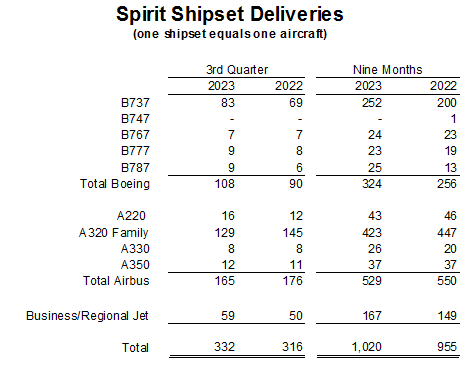
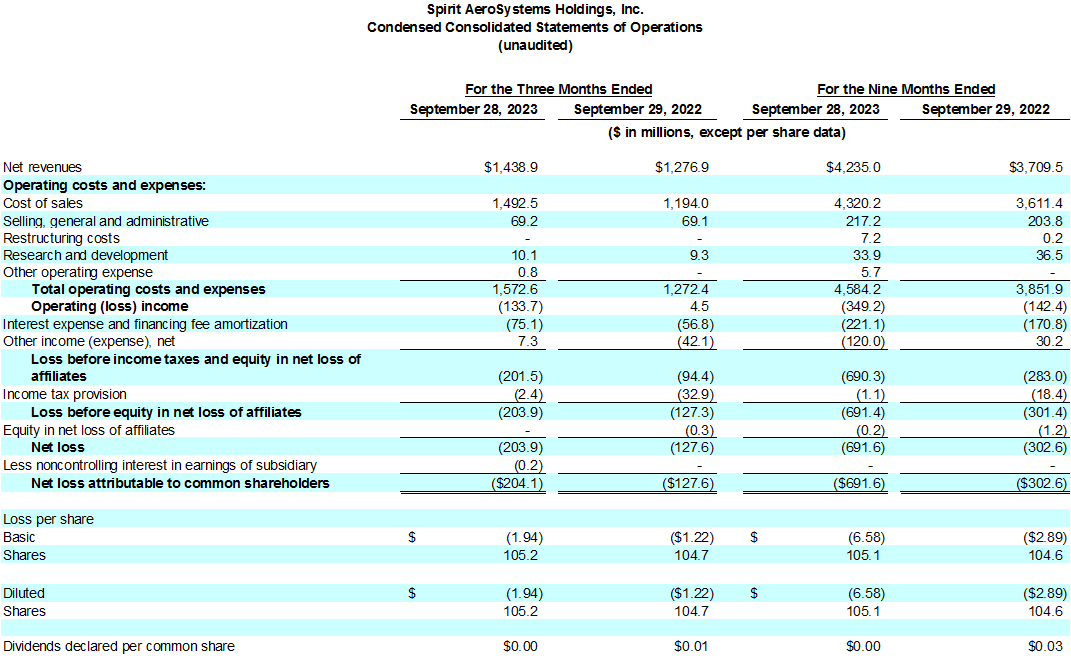
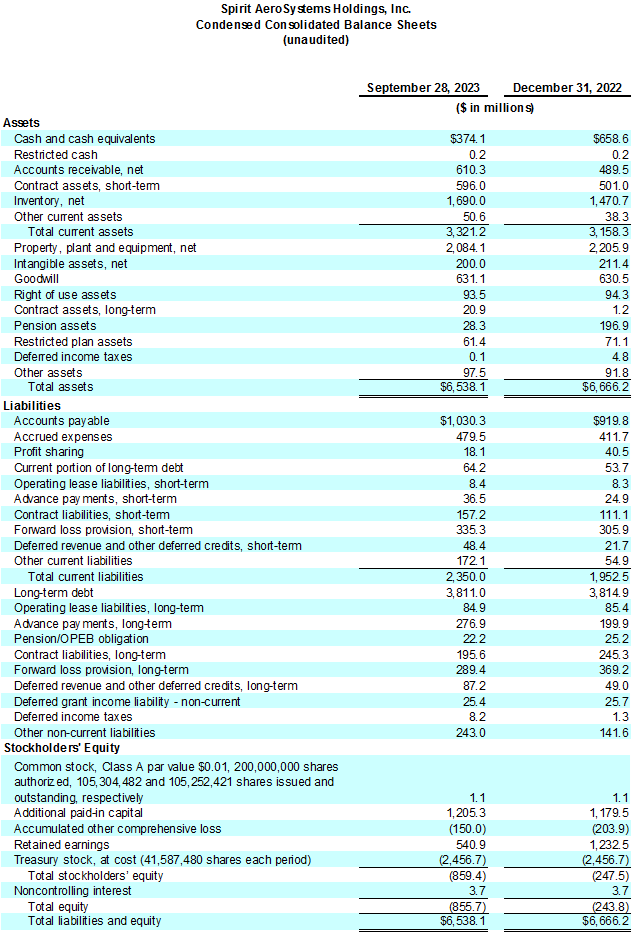
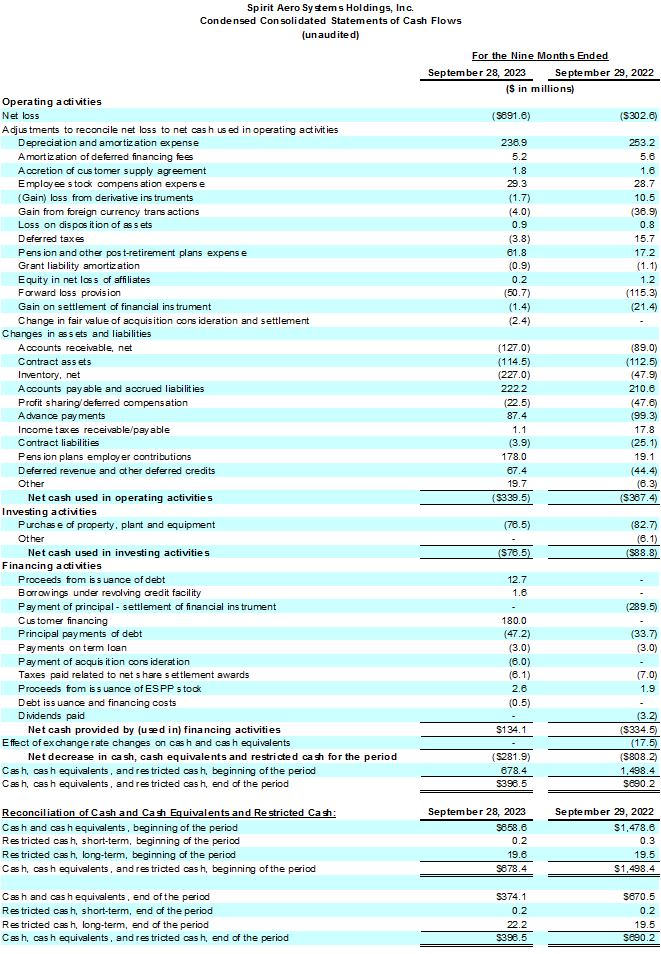
Appendix
In addition to reporting our financial information using U.S. Generally Accepted Accounting Principles (GAAP), management believes that certain non-GAAP measures (which are indicated by * in this report) provide investors with important perspectives into the company’s ongoing business performance. The non-GAAP measures we use in this report are (i) adjusted diluted earnings (loss) per share and (ii) free cash flow, which are described further below. The company does not intend for the information to be considered in isolation or as a substitute for the related GAAP measures. Other companies may define and calculate the measures differently than we do, limiting the usefulness of the measures for comparison with other companies.
Adjusted Diluted (Loss) Earnings Per Share. To provide additional transparency, we have disclosed non-GAAP adjusted diluted (loss) earnings per share (Adjusted EPS). This metric excludes various items that are not considered to be directly related to our operating performance. Management uses Adjusted EPS as a measure of business performance, and we believe this information is useful in providing period-to-period comparisons of our results. The most comparable GAAP measure is diluted earnings (loss) per share.
Free Cash Flow. Free Cash Flow is defined as GAAP cash provided by (used in) operating activities (also referred to herein as “cash from operations”), less capital expenditures for property, plant and equipment. Management believes Free Cash Flow provides investors with an important perspective on the cash available for stockholders, debt repayments including capital leases, and acquisitions after making the capital investments required to support ongoing business operations and long-term value creation. Free Cash Flow does not represent the residual cash flow available for discretionary expenditures as it excludes certain mandatory expenditures. The most comparable GAAP measure is cash provided by (used in) operating activities. Management uses Free Cash Flow as a measure to assess both business performance and overall liquidity.
The tables below provide reconciliations between the GAAP and non-GAAP measures.
